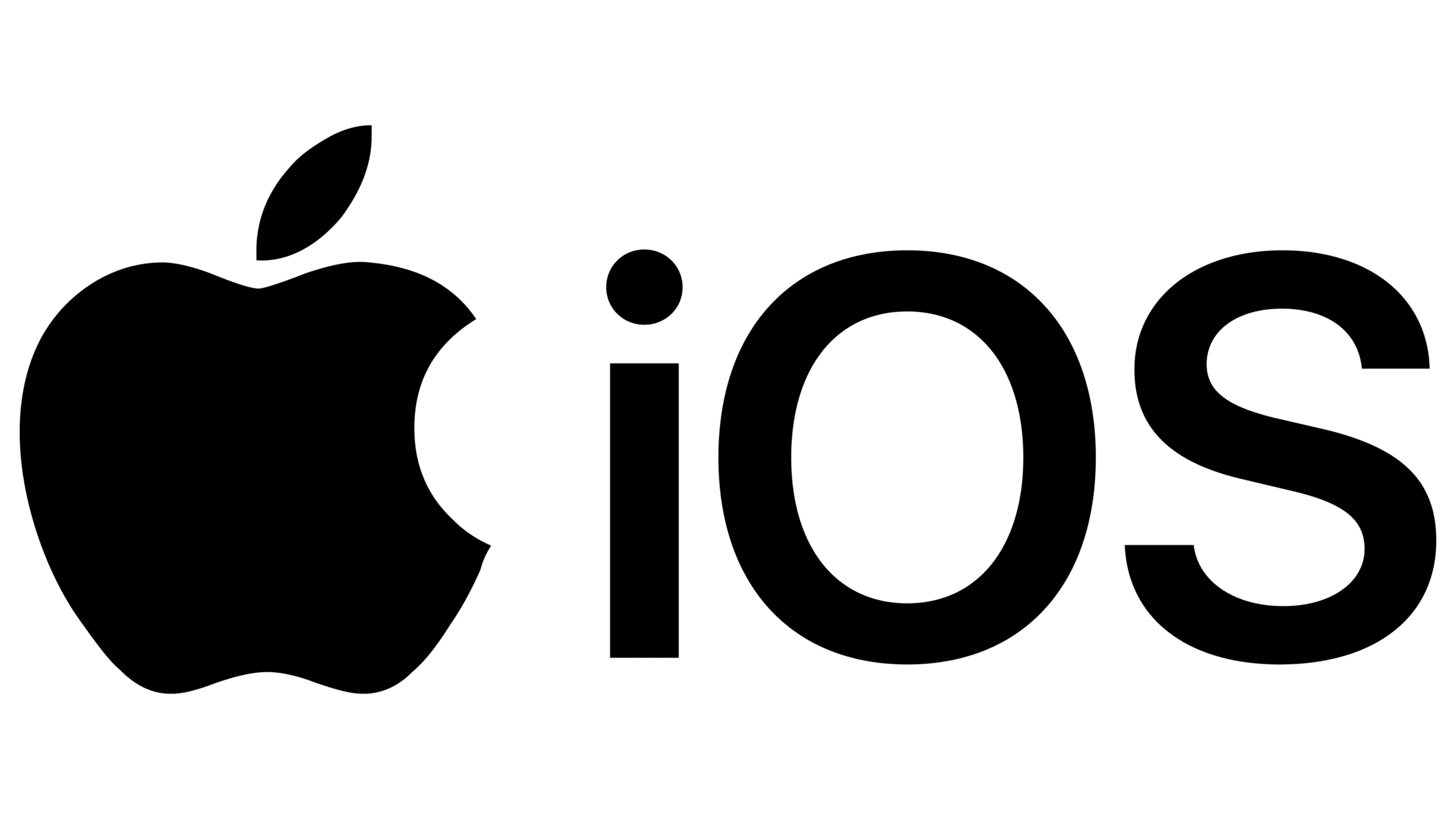iOS, developed by Apple Inc., is a powerful and widely-used operating system designed exclusively for Apple’s mobile devices. It serves as the foundation for the seamless functioning of iPhones, iPads, and iPod Touch devices. In this article, we will delve into what iOS is, its primary purposes, and the possibilities of utilizing proxy servers for iOS devices.
What is iOS Used for and How Does it Work?
Primary Functions of iOS:
-
User Interface: iOS boasts a user-friendly interface known for its simplicity and elegance. It provides users with easy access to applications, settings, and essential features.
-
App Ecosystem: iOS hosts a vast ecosystem of applications available through the App Store. These apps cater to a wide range of needs, from productivity tools to entertainment and beyond.
-
Security: Security is a paramount concern for iOS. Features like Touch ID and Face ID, coupled with regular security updates, ensure that Apple’s devices are among the most secure in the mobile industry.
-
Seamless Integration: iOS devices are known for their seamless integration with other Apple products and services. This includes iCloud for storage, iMessage for communication, and AirDrop for file sharing.
How iOS Works:
iOS operates on a Unix-based foundation, providing stability and security. It utilizes a multi-touch interface, where users interact with the device through taps, swipes, and gestures. The iOS ecosystem includes a variety of core components such as the iOS kernel, system services, and frameworks that enable developers to create feature-rich applications.
Why Do You Need a Proxy for iOS?
Proxy servers can play a crucial role in enhancing the functionality and security of iOS devices. Here’s why you might consider using a proxy with iOS:
-
Privacy Protection: A proxy server can act as an intermediary between your device and the internet. This helps shield your IP address and online activity from prying eyes, enhancing your online privacy.
-
Access to Restricted Content: By connecting to a proxy server in a different location, you can bypass geo-restrictions and access content that might otherwise be unavailable in your region.
-
Enhanced Security: Proxies can provide an additional layer of security by filtering malicious content and blocking access to potentially harmful websites.
Advantages of Using a Proxy with iOS
Utilizing a proxy server with your iOS device offers several advantages:
-
Anonymity: Proxies mask your IP address, making it difficult for websites and online services to track your online activity.
-
Access to Global Content: With a proxy, you can access websites and services restricted to specific regions, opening up a world of content.
-
Improved Performance: In some cases, a proxy can optimize internet connections, leading to faster loading times for websites and services.
-
Security: Proxies can provide an additional layer of security by blocking access to malicious websites and filtering out harmful content.
What Are the Сons of Using Free Proxies for iOS
While free proxies may seem tempting, they come with their share of drawbacks:
-
Limited Reliability: Free proxies often suffer from downtime and slow performance due to a lack of dedicated resources.
-
Security Risks: Some free proxies may log your data or serve ads, compromising your privacy and security.
-
Limited Locations: Free proxies usually offer a limited number of server locations, limiting your ability to bypass geo-restrictions effectively.
What Are the Best Proxies for iOS?
When choosing a proxy for iOS, consider premium providers known for their reliability, security, and global server network. Look for features such as:
- High-Speed Connections: Ensure the proxy offers fast and stable connections.
- Multiple Server Locations: Opt for a proxy with servers in various regions to access content worldwide.
- Security Features: Look for proxies with encryption and no-logs policies to protect your data.
How to Configure a Proxy Server for iOS?
Configuring a proxy server on your iOS device is a straightforward process. Here are the general steps:
-
Open Settings: Navigate to the “Settings” app on your iOS device.
-
Wi-Fi Settings: Tap on “Wi-Fi” to access your network settings.
-
Network Connection: Tap the name of the Wi-Fi network you’re connected to.
-
Proxy Configuration: Scroll down and tap on “Configure Proxy.”
-
Manual or Automatic: Choose between “Manual” or “Automatic,” depending on your proxy provider’s instructions.
-
Enter Proxy Details: If selecting “Manual,” enter the proxy server address and port provided by your proxy service.
-
Authentication: If required, enter your proxy username and password.
-
Save Settings: Tap “Save” or “Done” to save your proxy configuration.
With these steps, you can effectively configure a proxy server for your iOS device and enjoy the benefits it offers.
In conclusion, iOS is a versatile and secure operating system designed for Apple’s mobile devices. While it offers numerous advantages, using a proxy server with iOS can further enhance privacy, security, and access to online content. When choosing a proxy, opt for reputable providers to ensure a seamless and secure online experience on your iOS device.













